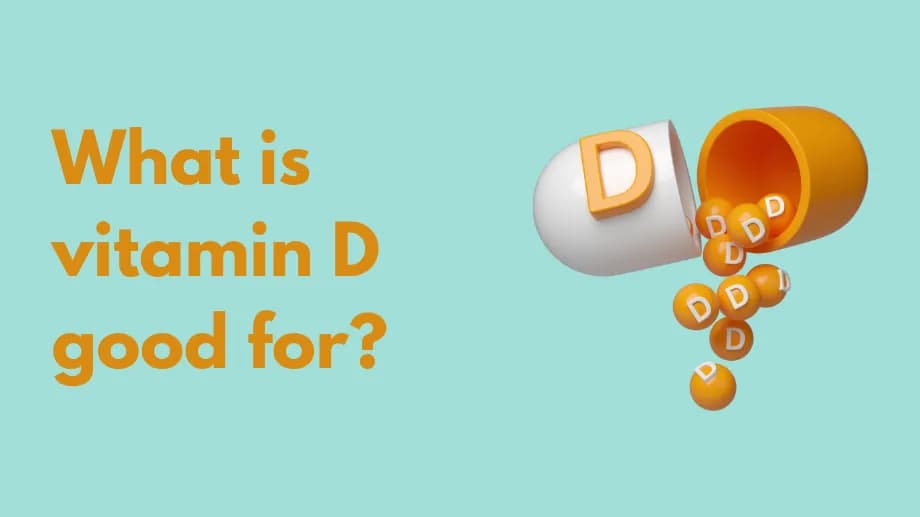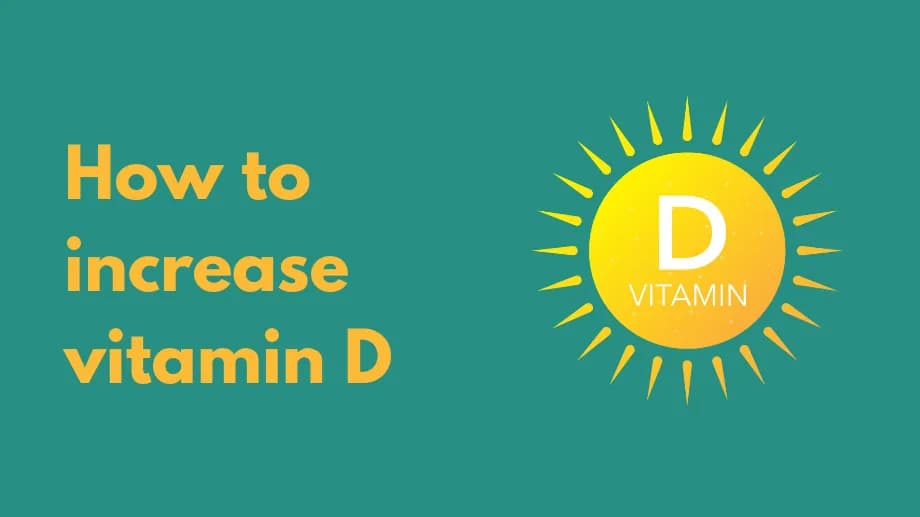What is vitamin d good for?

Vitamin D (calciferol) is a fat-soluble vitamin vital for many body functions. It works with calcium to build and maintain strong bones and teeth. Vitamin D also supports the immune system and helps muscles and brain cells function properly.
Your body makes vitamin D when your skin is exposed to sunlight and stores it for later use. Dietary sources include fortified foods (milk, orange juice) and naturally in fatty fish, egg yolks, and mushrooms. Two main forms exist: vitamin D2 (ergocalciferol) and D3 (cholecalciferol).
Roles of vitamin D in the body
- Bone health: enhances calcium and phosphorus absorption. Deficiency causes rickets in children, osteomalacia in adults, and increases osteoporosis risk.
- Immune function: helps fight infections and may lower autoimmune disease risk.
- Heart health: low levels link to heart disease, heart failure, and stroke; may help reduce cholesterol and blood pressure.
- Cancer prevention: adequate levels may lower risk of breast, colon, prostate, pancreas, and skin cancers.
- Type 2 diabetes: low vitamin D may increase diabetes risk, though supplements haven’t proven preventive.
- Multiple sclerosis: higher vitamin D (e.g., near the equator) associates with lower MS risk.
- Depression: deficiency links to depression; research is ongoing on mood benefits.
- Weight loss: lower levels associate with obesity; combined with calcium, it may increase satiety.
Causes of vitamin D deficiency
- Lack of sun exposure (indoor lifestyle, sunscreen, pollution)
- Darker skin (higher melanin reduces vitamin D synthesis)
- Age (older skin produces less vitamin D)
- Breastfeeding without supplementation (infants need 400 IU/day)
- Malabsorption conditions (Crohn’s, celiac, cystic fibrosis)
- Gastric bypass surgery (bypasses absorption sites)
- Obesity (vitamin D sequestered in fat)
- Certain medications (anticonvulsants, steroids, some HIV drugs)
Diagnosing deficiency
Measured via blood 25-hydroxyvitamin D level. Checked in at-risk individuals or those with deficiency symptoms.
Food sources
- Fatty fish (mackerel, salmon, tuna, sardines)
- Mushrooms, cod liver oil, egg yolks, beef liver
- Fortified milk, plant milks, cereals, orange juice
- Supplements and multivitamins
Recommended intake
- 0–12 months: 400 IU (10 mcg)
- 1–18 years: 600 IU (15 mcg)
- 19–70 years: 600 IU (15 mcg)
- > 70 years: 800 IU (20 mcg)
- Pregnant/breastfeeding: 600 IU (15 mcg)
Toxicity
Intake > 4,000 IU/day may cause toxicity: nausea, vomiting, muscle weakness, weight loss, irregular heartbeat, kidney stones/failure, hypercalcemia, dehydration, confusion.
Sources
- Vitamin D: Fact sheet for health professionals. Office of Dietary Supplements, NIH. Accessed May 11, 2025.
- Kaur J, Khare S, Sizar O, et al. Vitamin D Deficiency. StatPearls. Updated Feb 15, 2025.
- Vitamin D: Fact sheet for consumers. Office of Dietary Supplements, NIH. Accessed May 11, 2025.
- Sassi F, Tamone C, D’Amelio P. Vitamin D: Nutrient, Hormone, and Immunomodulator. Nutrients. 2018;10(11):1656.



